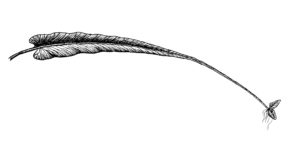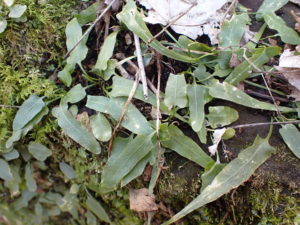April 24th
Scott’s spleenwort (Asplenium × ebenoides) is a fern that is the hybrid of the walking fern (A. rhizophyllum) and the ebony spleenwort (A. platyneuron). They are generally sterile, meaning they cannot reproduce, but some specimen have been found that have double the number of chromosomes and can reproduce. They have been classified as their own species, (A. tutwilerae). They can be found growing on limestone with a scattered distribution along the Appalachian Mountains and eastern U.S. They are evergreens that grow from dark, shiny stems and have irregular patterns. With a unique life history and story of discovery, spotting one of these would be a treat! If you’re interested, read more here: https://www.inaturalist.org/taxa/170512-Asplenium—ebenoides.
Illustrations by Elijah Hicks.

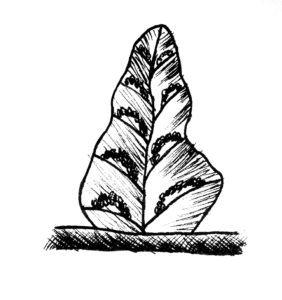
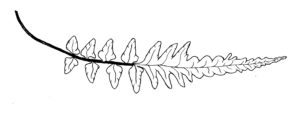
April 17th
This interestingly shaped fern is wall-rue (Asplenium ruta-muraria). They are epipetric, meaning they grow on rocks, and they provide great cover for insects. You can find them in crevasses of dry, well-eroded limestone.
Illustrations by Elijah Hicks, image by John Abrams.
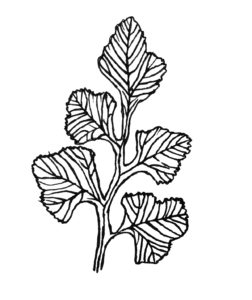
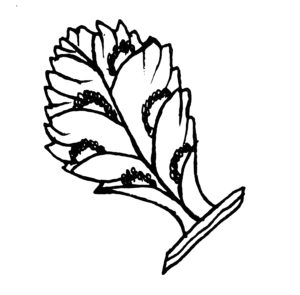
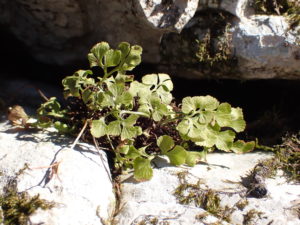
April 10th
This is a Southern Lady (Athyrium asplenioides) fern! It’s found the eastern United States and can be up to 3 feet tall! You can find them along streams or ponds in partly shaded and rich soils. Learn more about this fern by checking out iNaturalist.org!
Illustration by Elijah Hicks, image by John Abrams.
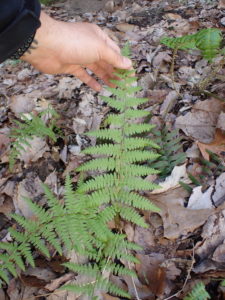
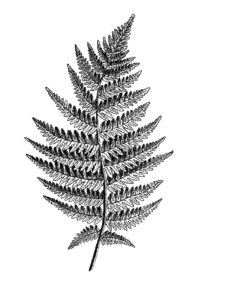
April 3rd
Happy #fernfriday !
This is an American Royal Fern (Osmunda regalis var. spectabilis). There are multiple royal fern species spread around the globe. They grow in wet, sandy, limestone-based soils in the shade. When they produce spores, the structures that do so can look flower-like, which is why another common name for this species is Flowering fern!
Have you seen any ferns lately? Post your pictures below, and, if you haven’t tried out iNaturalist to track species you find and contribute to our citizen science project “Biodiversity of the Berea College Forest,” try it out!
Drawings by Elijah Hicks.

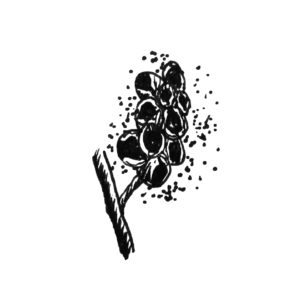
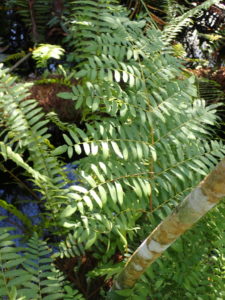
March 27th
Check out this awesome fern, Kentucky spleenwort (Asplenum x kentuckiense)! This is actually a hybrid species between a lobed spleenwort and an ebony spleenwort. They grow on sandstone cliffs and are quite rare and can easily be mistaken for other hybrid fern species.
Illustrations by Elijah Hicks, photo from wildflower.org.
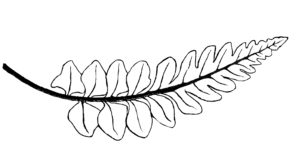
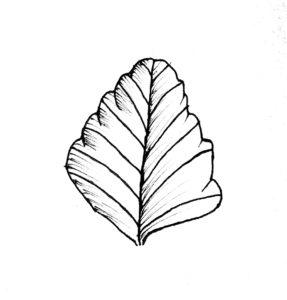
March 20th
This is a walking fern (Asplenum rhizophyllum), illustrated by our labor student, Elijah Hicks! These ferns are found growing on boulders, stumps, and rarely, on the ground. They grow in areas with limestone and other basic rocks and dislike acidic rocks like sandstone. Its distribution varies from the central U.S. to the east coast–in some places it is very abundant while in others it is endangered. Image by John Abrams, info from iNaturalist.
